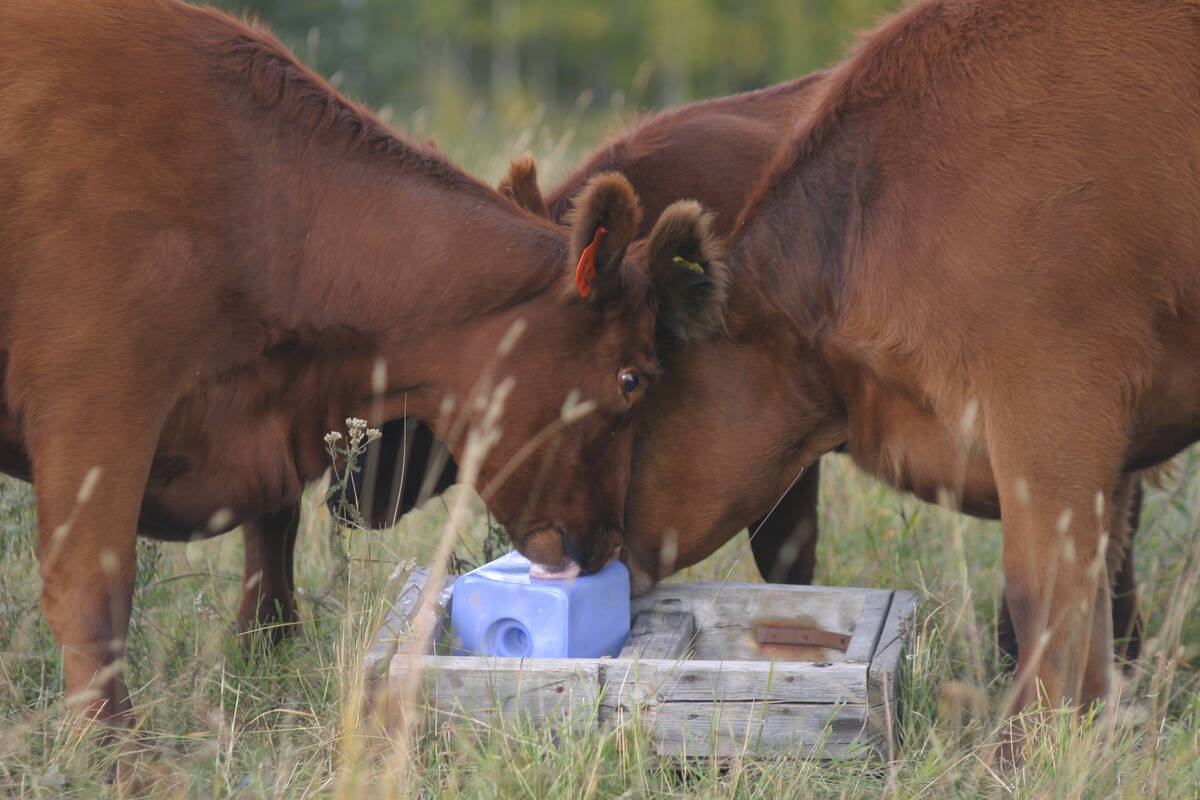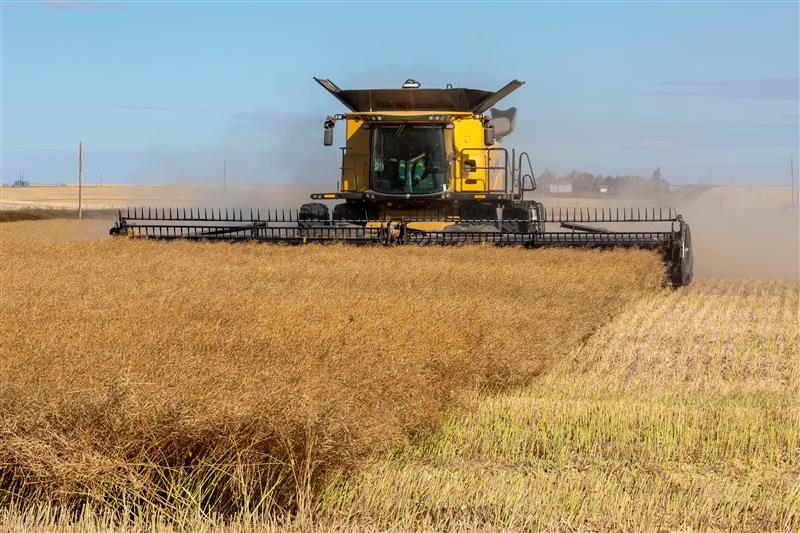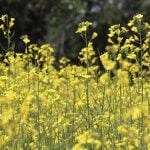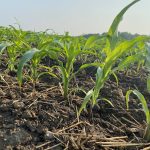Open sow housing | Proposals in the draft code of practice could affect viability, say some producers
Some farmers hope to remove mandatory changes to pig housing and handling in the draft pig code, says an industry leader.
Rick Bergmann, Manitoba Pork Council vice-chair and a member of the Canadian Pork Council board of directors, said producers aren’t willing to agree to forced changes that will make their financial situation worse.
“Producers have been sharpening their pencils over the last few years and they’re very aware of the details of pork production. If there’s anything that will financially hurt them, we’ll be very, very opposed,” Bergmann said.
Read Also

Canfax cattle market report – July 31, 2025
Read the Canfax cattle market report – July 31, 2025. Latest on fed & feeder cattle prices, butcher cow trends, and cutout market insights in Western Canada.
“(The final code) has to be something that is palatable to the industry. If it’s not palatable to the industry, it can’t happen.”
It’s clear that the pig code committee is going to have a challenge that might have vexed Solomon in reaching consensus in developing a final version. The period for public response to the proposed pig code was scheduled to end Aug. 3, so now the committee, comprising representatives of farm, industry, retailer and animal welfare organizations, will need to wade through hundreds of submissions and see what parts of the draft code, released at the beginning of June, are generally acceptable and what parts are contentious.
It’s already obvious that sow housing will be a key matter of differing opinions. Animal rights activists have been lobbying for a quicker end to gestation stalls than the 2024 date sent in the draft code. They also want to eliminate gestation stalls for the entire pregnancy period of the animal.
The draft code allows gestation stalls for a few weeks after insemination in order to reduce miscarriages.
However, many hog farmers don’t want the final code to contain any mandatory ban of gestation stalls, even if it occurs more than a decade from now and allows for temporary post-insemination crating.
Bergmann said farmers who have contacted him want the final code to have fewer mandatory changes.
Mandatory practices, rather than recommended or “best practices,” are more prominent in the draft code than in some previous livestock industry codes.
Bergmann said producers are concerned that they could lose export sales if their international competitors don’t adopt some of the practices and barn designs that might cost money.
“The more restrictive we are, it really will hurt sustainability in the Canadian industry,” said Bergmann.
“If the proposed draft would be approved as is, what I’ve heard from producers is that there would be a grave concern.”
The gestation stall debate is one of the highest profile debates about agriculture involving the public.
Some argue that switching from gestation stalls to open housing is inevitable as the public becomes more concerned about animal welfare.
Others argue that public concern is shallow and only registers in public opinion polls because of activist lobbying. They say farmers could win the stall debate if they defend stalls and fight against the activists.
Bergmann said he doesn’t want to see hog industry representatives support a final code that contains a mandatory 2024 banning of gestation stalls and doesn’t think farmers need to believe that the draft code will become the final code.
“The draft is just a draft and it is only a proposal,” said Bergmann.
“The producers who have called me need some things changed to not put them out of business.”

















